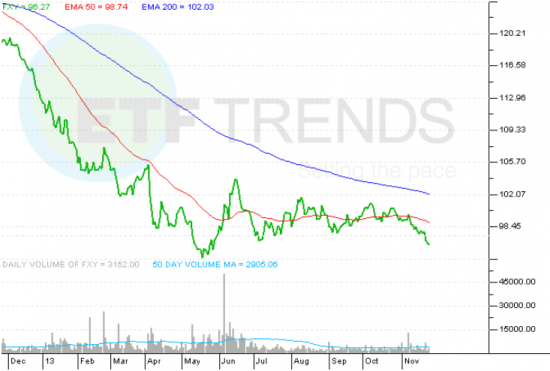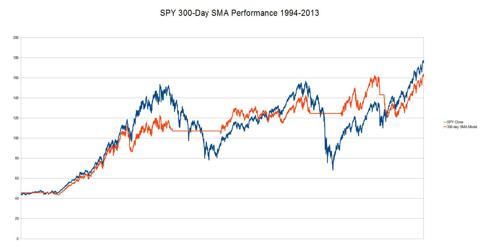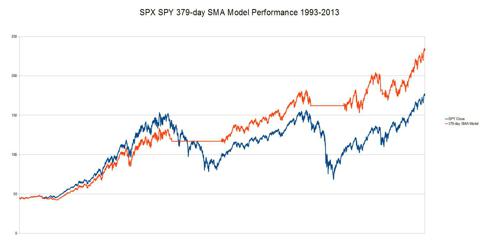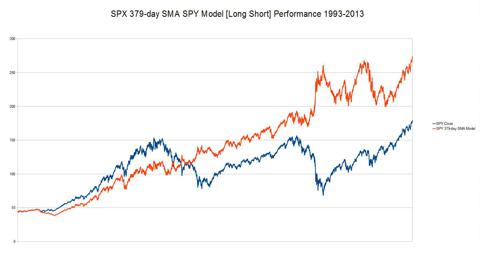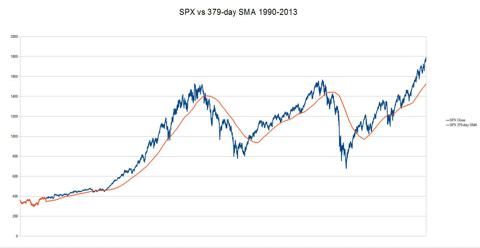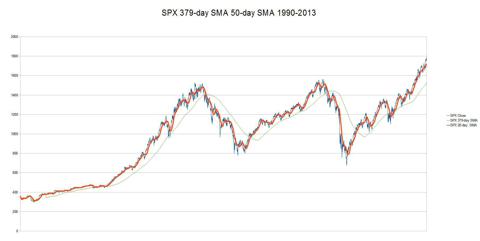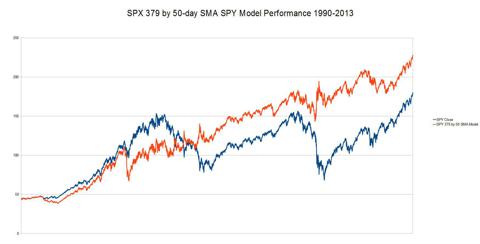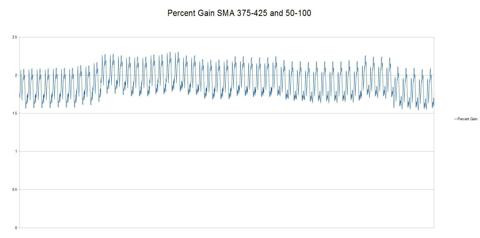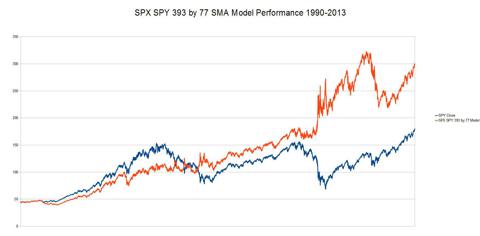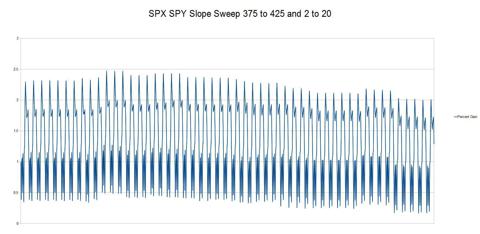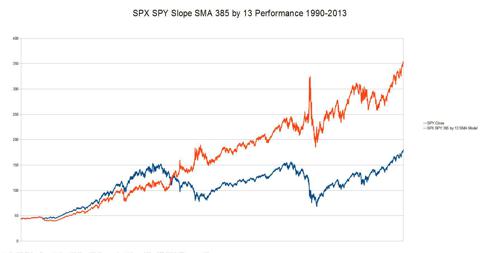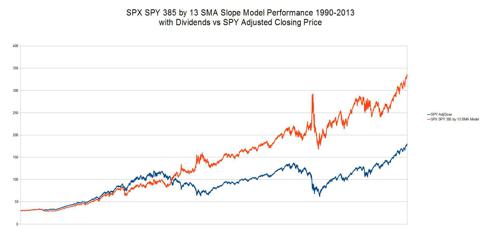Contractor Forms for Each StateVisit USLegal Contractors Forms. Packages and forms available for any type contractor. Lien forms also available.
What is a contractor?
A contractor is an individual or company who contracts for and supervises construction (e.g., a building).
What does construction law basically involve, and can it vary from state to state?
Construction law involves the formation of agreements and disputes between the builder and the property or building owner. Construction law most definitely can vary from state to state.
What does it mean for a contractor to bid on a project?
The Construction bid is an offer to provide construction services at a certain price.
What is a construction bond?
A bond is an obligation, expressed in writing, to pay a fixed and sum on the happening or non-occurrence of a specified condition or event. A construction bond may be either a performance bond or a payment bond. A performance bond is a commitment issued by a surety to the owner of the property on which the construction is to take place guaranteeing that the contractor will complete the construction contract within its set terms and conditions. A payment bond guarantees that all subcontractors, labor and material suppliers will be paid leaving the project lien free. Construction bonds serve as a type of insurance policy to the property owner that the project will be completed and the subcontractors and suppliers of materials will be paid.
What is a change order?
A change order is a written order signed by the owner or his agent directing the contractor to make a change in the construction contract. It involves a change in the original construction plans. Change order procedures and requirements are governed by the contract terms and contract law, as well as various laws, which may vary by jurisdiction.
What is construction fraud?
Construction fraud involves deceit in the performance of construction work, often involving home repairs. Basically, promises are made that are intended to be relied on, and that reliance leads to harm or loss when the promise fails to be fulfilled. In home repair scams, it may involve using substandard supplies or methods of construction. Sometimes, the contractor committing fraud may claim unnecessary work is needed or even create the damage they say needs to be repaired. According to one state’s definition, construction fraud is committed when a person knowingly:
- Misapplies money;
- Obtains money, property or labor by false pretense;
- Receives payments and fails to state his own true name, or states a false name, contractor’s license number, address or telephone number of the person offering a service;
- Diverts money or commits any act of theft, forgery, fraud or embezzlement, in connection with a construction project;
- Acts as a contractor without a contractor’s license;
- Submits false information concerning a payroll to a public officer or agency in any report relating to a contract for a public work; and/or
- Fails to disclose a material fact.
How can I enforce my mechanic’s lien?
You will need to file a law suit seeking a court order to sell the property subject to the lien with the net proceeds to be distributed according to the lien laws of your state.
What is a Construction Proposal?
A construction proposal is a written offer from a bidder to the owner, preferably on a prescribed proposal form, to perform the work and to furnish all labor, materials, equipment and/or services for the prices and terms quoted by the bidder. A proposal form may be used, which is a standard written form furnished to all bidders for the purpose of obtaining the requested information and required signatures from the authorized bidding representatives. The bid submitted must conform to the applicable requirements of content, form, and timeliness in order to be considered.
When is a building permit required?
This varies by jurisdiction but typical homeowner construction projects requiring permits include: room additions; decks; roofs over decks; swimming pools of a certain depth, finishing basements; lawn irrigation systems; accessory buildings; and all installations or modifications to electrical, plumbing, or heating or air conditioning systems.
Can I as homeowner do my own work?
This varies by jurisdiction, but in most cases laws pertaining to contractors allow homeowners to obtain permits and perform construction work on their personal home.
What is the responsibility of the contractor after the building permit has been issued?
Once a permit has been obtained, authorization to commence construction within the scope of the permit is deemed to be granted. It is the responsibility of the contractor to conform to the building and technical codes for all installations or repairs of a building or service system and to schedule all the required inspections.
Where can I get a building permit?
Your community’s building inspection department, office of planning and zoning, or department of permits will have a listing of the necessary construction law permits, construction contract law regulations, and inspections related to building and zoning codes for new construction or remodeling.
What is the difference between a building inspection and a home inspection?
A building inspector may evaluate the building project several times at various stages of construction to be sure that local building codes are being followed. In some communities, a certificate of occupancy is given only after the home passes a final building inspection. Home inspectors generally evaluate an existing home as a part of the sale or purchase of the home. Home inspectors look at readily accessible systems and components, but do not certify that a home is in compliance with the building codes.
Do you have to get different permits for constructing homes and commercial construction?
This depends on your jurisdiction. However, typically the permit requirements and the inspections are generally more stringent for commercial applications.
How do I know if a contractor is licensed and bonded?
Before signing any contract, check with your local contractor licensing board. It should tell you whether the contractor’s license is valid, whether a bond is in place, and perhaps whether there have been any claims filed against the contractor.
How does a contractor get a license?
States license contractors and each state has its own licensing board with its own requirements. State laws differ on both the requirements for getting a license and the type of license that is needed for a particular job.
I already have the contractor’s license in my name. However, I want to form a corporation. What do I do?
Check out your state laws. In some states, you can get an application to transfer your license from your name into the company name.
Is there an exemption from the license requirement for “handyman” work?
This depends on your jurisdiction. A license may not be required if the aggregate contract price for the project, including labor, materials, taxes, and all other items, is not more than a certain amount. This exemption generally does not apply to electrical or plumbing work requiring a permit. Furthermore, even if an electrical or plumbing permit is not required by the county on a particular project, the work may still have to be performed by a licensed electrician or plumber.
What is a construction defect?
Construction defects may occur when a building is not erected in a reasonably workmanlike manner or the contractor failed perform in a manner reasonably expected by the buyer. Usually defects are caused by a failure in development, construction, alteration, repair, maintenance, moving, demolition or excavation of a building. Improper construction can lead to water leaks from the roof, windows, or basement; building settlement; concrete corrosion; cracked foundation; mold; electrical problems; plumbing defects; insect infestation and heating and air conditioning defects. A defect may be anything that lowers the value of your home.
Who is responsible for such defects?
Usually the responsibility will lay with the general contractors, developers, and the builders of structures even if the work was performed by subcontractors or if the defective materials used in construction were manufactured by others.
Does the statute of limitations apply to these types of claims?
Yes. The time varies from state to state, but the shortest statute is most likely three years from the date the defect was discovered (or reasonably should have been discovered). However some statutes start from the date of the completion of the home.
Am I responsible for proving that a defect exists and if so, how do I do that?
Yes, you would be responsible for proving that a defect exists, or hiring someone who can do so. Your attorney will likely call upon experts to do this. For example, if you were claiming a defect in the plumbing, your attorney would call a plumber as an expert witness to testify after looking at the building and its plumbing.
If I recover damages what is that likely to include?
Recovery will include the reasonable cost for repairing your defects, expenses for temporary housing during the repairs, the value of any other property that was damaged as a direct result of the defect, and sometimes you will be awarded attorney and other legal fees.
Am I required to make repairs while the lawsuit is pending?
In most cases you will be required to take the necessary steps needed to protect your property from sustaining additional damage. Such costs are recoverable in the lawsuit.
Can I sell my home during a pending lawsuit?
The answer is most likely yes, but you will be required to disclose to any potential buyer that the home is involved in litigation.
What do I look for in the construction contract to protect me from delays?
If you are a homeowner, you will want to provide a penalty, such as the right to withhold progress payments, if the builder does not complete the job by a certain date. If you own land zoned for commercial building use, then you would want the right to withhold the final payment until the building department issues a certificate of occupancy.
How can I protect myself in the event the builder fails to do the job right?
You can put language in the construction contract providing for the right to withhold payments or take an offset, or deduction, against the contract sum if the builder quits or fails to build to code.
What if the subcontractor threatens to sue me or file a lien on my house?
You might have a claim against the general contractor. The reason the subcontractor is threatening you with legal action is likely to be that the subcontractor has not been paid by the general contractor.
I am a home building and I am worried that there might be something which could unexpectedly increase my costs and ruin my profit. What do I do?
The best way to pass this cost onto the homeowner is to put language in the contract specifying that any expenses from unforeseen events during the construction shall be passed along to the homeowner.
What is the best forum to resolve disputes between a contractor and homeowner?\
Arbitration or mediation is generally cheaper and faster than a court trial. Mediation is a process by which parties in a dispute negotiate a settlement of their claims against each other through the assistance of a trained, neutral mediator. It is a non-adversarial process. Mediation is entirely voluntary and non-binding. The mediator has no power to render a decision nor force the parties to accept a settlement. The mediator generally does not give an opinion or render an award. Arbitration is a process in which the disputing parties choose a neutral third person, or arbitrator, who hears both sides of the dispute and then renders a decision. The biggest difference between mediation and arbitration is that a mediator helps the parties to fashion their own settlement, while an arbitrator decides the issue. An arbitrator is more like a judge than a mediator. The parties go into arbitration knowing that they will be bound by the decision. The parties go into mediation knowing that nothing will be decided unless and until they agree to it. Arbitration, however, is unlike litigation in that the parties choose the arbitrator, the proceedings are conducted in a private manner, and the rules of evidence and procedure are informal. Also, in arbitration, the arbitrators tend to be experts in the issues they are called on to decide.
Is there a government agency that might help me with my claim?
Some states have a contractor’s board that regulates the contractors and may have procedures where a claim could be filed against the builder, or his bond.
What if I decide I want the house built differently after the builder has already begun the work?
The two of you will probably need to draft and sign a change order. It should spell out what the change is in detail, the increase (or decrease) in cost to the contract. Both of you will need to sign it.
Does the contractor have to give a warranty?
That will depend on your state’s laws. Some contractors will give you a limited warranty simply because they “stand behind their work” and/or wish to preserve and enhance their reputation. The homeowner should always request that the contractor put a warranty into the written contract, since cracks, chips, and other defects often are discovered within a one-year period after completion.
What are the most common construction disputes?
Poor workmanship or defective materials. An owner may object to the quality of workmanship, either by the general contractor or by a subcontractor hired by the general contractor, or to the quality of materials used. It will be much easier to resolve this kind of dispute if the agreement with the contractor is very clear in specifying what materials to use and how the project is to be done. If the construction contract is vague, and says something like, “good quality materials,” the owner may find that his or her idea of good quality is not the same as the contractor’s and it will be very difficult to prove whether or not the materials were of good quality.
- Failure to complete on time. Damages are generally recoverable by the owner:
a. If the contractor agreement specified an approximate time for the completion of the project;
b. The general contractor negligently failed to complete the project on time; and
c. The owner suffered damages because of the delay
- Damage to the property. A contractor may cause damage to the property while doing the project that is not covered by the contractor’s insurance. This is why it is important to make sure the general contractor has up-to-date liability insurance.
How are damages figured?
When an owner brings a lawsuit or other claim for breach of a construction contract there are two different ways of determining construction contract damages. The first, and most common, is that the owner can recover the amount of money it will take to repair defects or make the structure conform to the original plans and specifications for work and materials. In other words, the owner recovers damages in an amount needed to fix the home and make it the way it was supposed to be under the contractor agreement. There is an exception to this rule, however. If the contractor can prove that to tear out work and repair defects would be unreasonable economic waste, the owner’s damages are calculated another way. In that situation the owner is entitled to recover the difference in the value of the property as it exists and the value it would have had if the work had been done properly.
What should be included in agreements with contractors?
The following provisions are typically found in a contractor agreement:
- Names and street addresses of all parties. Because contractors have been known to disappear without finishing a job or after doing a defective job, make sure you have more than a Post Office Box and check to make sure addresses and telephone numbers are correct before you sign the agreement.
- Specifications and scope of work. This section should be very specific, and should outline what is to be done, what products are to be used by brand name or model number, colors, grades of material, and any other relevant information. You need to include a provision about cleanup after the project, such as removal of debris and dumpsters. This section should also include a list of the steps to be taken and how the work is to be done if there are alternative ways of doing the project.
- Price or how price is to be determined. The price should be clearly broken down and easy to understand. Be wary of costs that are not determined until the end of the project. It would be better to get a final price up front, but if you can’t, at least be sure you know exactly how costs will be calculated.
- Approximate timelines. You can never be exactly sure how long a project will take, so an approximation should do, such as from May 15, 2008 to no later than September 15, 2008. Use dates instead of periods of time, like “4 months.”
- Payment schedule. You should never pay a large percentage of construction costs in advance. Some states have limits on advance payment. Check with your state’s licensing agency to find out the rules in your states. Additional payments should be made as the work progresses, but payment schedules should be tied to work performance and not to dates. Do not make the final payment until after you’ve completely inspected the work and after any required inspections by building officials have been completed. Also do not pay before the contractor has proved that he or she has paid all the subcontractors and suppliers who could put a mechanic’s lien on your property.
- Contractor will arrange for permits. The contractor should obtain any permits that are required and should check to see if there are zoning problems with your project. You can be fined or required to remove improvements if these requirements are not met.
- Guaranties and warranties by the contractor. The contractor should give you a written warranty that the contracting company will be responsible for the failure of a subcontractor to perform adequately and a warranty on the workmanship and materials used by the contractor for a specified period of time.
- Insurance. The agreement should require the contractor to provide worker’s compensation insurance and liability insurance. These are to protect the workers on the job and to protect your property from damage. If the contractor does not have worker’s compensation insurance, you might be sued if a worker is injured. This section should also include any bonds you and the contractor have agreed on.
- Provision for additional work. Sometimes additional work is needed that no one anticipated, such as work to repair termite damage. An agreement for additional work is often called a change order. Specify that additional work can only be done upon written agreement of the parties so that you can make sure the specifications for additional work are as carefully drafted as in your original agreement.
- Termination. This clause usually sets out the amount of notice either party must give to cancel a contract.
- Conflict resolution. This section can require the parties to resolve differences outside of litigation, such as by requiring arbitration of the dispute. You can also provide for liquidated damages, or an agreed upon amount that one party will pay if he or she fails to fulfill some part of the contract.
I am buying a house from the builder. We are about to close but the house is not finished. The builder assures me that he will complete items after closing but I am worried.
Any such assurances should be in a written document that will survive closing. You may want to consult with a lawyer before closing to make sure that your interests are protected.
I am a commercial contractor and the general contractor and the owner have told me to go ahead with work that is not part of the contract and assured me that I would be paid. Is this ok?
This could be a problem. Such work generally requires what is called a change order. Many contracts require that a change order be in writing. Without the written assurance from the owner and the general contractor that you will be paid for this additional work, there is no guarantee that you will ever get your money. It is best to get a written assurance before you begin such work.
I am a small subcontractor and am beginning a large commercial job. The contract given to me by the general contractor is long and complex and seems to be skewed in favor of the general contractor and owner. The general contractor has told me not to worry about this, that he will take care of me. This job could be really big for my company but I am concerned.
It is best to fully understand the contract you are signing. If a dispute arises, you can be assured that the general contractor will have to look out for its own best interests rather than yours. It is best to consult with a lawyer to explain any components of the contract that you do not understand and make sure that you will be able to undertake this job.
Does a mechanic’s lien have priority over a pre-existing mortgage?
Generally speaking a mechanic’s lien does not take priority over an existing mortgage; however a contractor can commence a proceeding to foreclose the mechanic’s lien in the amount of his lien
How long does a builder normally have to complete items given to him on a punch list? In our contract it states that the builder will complete such repairs in a “reasonable amount of time”.
A punch list is a record of incomplete or unsatisfactory construction items covered by a construction contract. This list is sometimes prepared by an architect or engineer, before certifying project completion. A “reasonable time” would most likely be determined to be whatever is common in the construction industry in your area.

